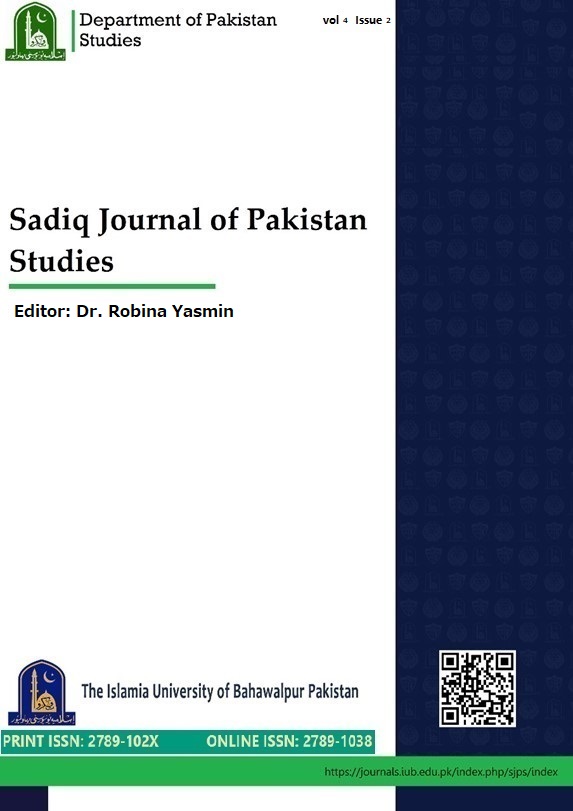The Kalasha Pantheon: Unveiling the Spiritual Heritage of an Ancient People
Keywords:
Kalasha, minorities, pagan tribe, Kalasha religion, shamanismAbstract
The Kalasha people are the small tribe of indigenous people living in the isolated valleys of Chitral, Pakistan, who have kept the ancient polytheistic faith in an overwhelmingly Islamic region. This article is my humble step forward to highlight the diverse and indeed colourful spiritual realm of the Kalasha people via their dominant gods, their ceremonies, and their shrines. Starting with the general information concerning the Kalasha community the article goes through the mountain spirits and prehistoric religious belief systems that formed the basis for the Kalasha’s beliefs and values. Some of the basic deities like Dezau – the Creator God, Sajigor of the Rumbur Valley, Mahandeo, the Kalasha guardian deity and other guardian deities like Dezalik and Jestak who are considered to be the protectors of women and families are also considered here. It goes on to do so by discussing the guest god Balumain and enigma like deities Praba and Warin to underline the sophistication of the Kalasha spiritual system. These should be seen as aspects and measures of a cosmology which is genuinely nature-based, community-oriented, and spiritual. Though the Kalasha religion gives the best accounts of the ancient beliefs and practicing culture, the faith is under severe pressure as it comes in contact with other cultures and civilizations. Due to this, in this article, I hope to give a clear explanation of the Kalasha pantheon and why this area of spirituality is important, as well as the reason that they should be saved before they disappear completely.
Published
How to Cite
Issue
Section
License
Copyright (c) 2024 By submitting an article to the editor, the author (s) will automatically grant editors the rights to edit and post the content of the articles on the official website of the Sadiq Journal of Pakistan Studies (SJPS) if accepted. Author (s) retain the copyrights and will grant SJPS the non-exclusive rights of first publication of manuscript electronically and in print form and to identify SJPS as the original publisher under creative commons License. It will allow others to share the content with explicit indication of the authorship and its initial publication in SJPS. Under these licensing terms, the author (s) confirm that all the content of the published manuscript will be distributed in the public domain and other researchers may use it exclusively for the non-profit scientific purpose (s) with the obligatory acknowledgement of authorship. Author (s) reserves unconditional rights to copy and reproduce the published work for teaching, use it in other research and redistribute, share or place the copy of the article to any other medium or format, even commercially only if SJPS is explicitly acknowledged as the original publisher. However, author (s) cannot apply any legal or technological measures that legally restrict others from doing anything that is already permitted under the license terms.

This work is licensed under a Creative Commons Attribution 4.0 International License.
All the articles editorially accepted for publication by the Sadiq Journal of Pakistan Studies (SJPS) are licensed under the Creative Commons Attribution License 4.0 International (CC BY 4.0). Submitting a manuscript to SJPS, the author has to certify that he/ she is authorized by other contributors (s) and co-author (s) to enter the publication process.
He/ She shall assure on behalf of all author (s) that:
- The manuscript is original, it has not been published in any other journal before, is not under consideration for any other journal and does not violate any existing copyrights or any other rights of a third party.
- I/we have full authority to enter into this agreement for granting the rights to SJPS as sole author (s) of the article without breaching any other obligation.
- The manuscript does not contain any unlawful and libelous content or anything that would breach the agreement (s) of confidence, commitment, and secrecy.
- I/we certify that due care has been taken to ensure the reliability of the article. All purported statements and information are facts to the best of my/our knowledge and the currently accepted standards of scientific knowledge. Therefore, any of the proposed methods or instructions will not, if followed accurately, cause any damage or loss to the user (s).





